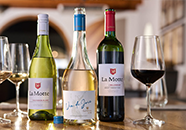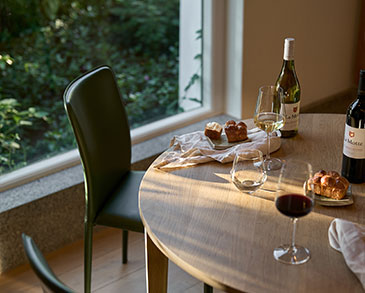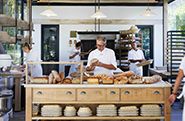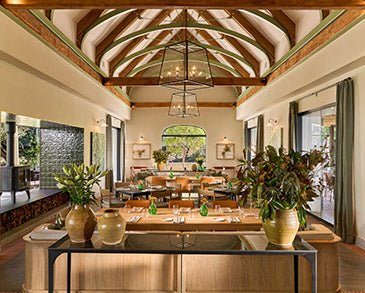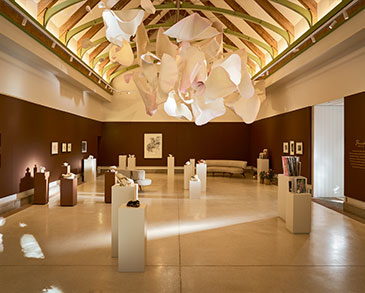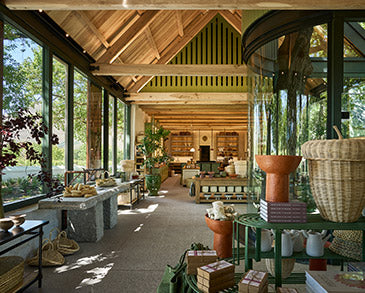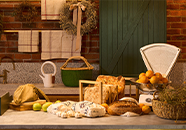
Do you still have a bottle of wine showing your year of birth? Or the year you got married? We love it when sentiment and memories include wine and good wine only gets better with age, does it not?
The maturation potential of wine is a complex issue that depends on a number of factors. The origin of the wine, the terroir, the vintage, the winemaking methods, the inherent character of the variety and the storing conditions all have an impact on whether your wine will be better, just as good as you remember from a few years ago or perhaps... undrinkable!
Traditionally red wines were so tannic that they were just about undrinkable at an early age. As viticultural practices and winemaking methods developed, however, wine styles changed and although serious reds can in general still do with some bottle maturation, most wines do not have to mature for a decade before you can drink them.
The ideal is to find a wine that is accessible at a younger age, but that will still mature well over a few years. One such wine is the La Motte Cabernet Sauvignon. (Click here for a red wine ageing chart)
As the king of cultivars, Cabernet Sauvignon, perhaps more so than all others, lends itself to maturation. And it is especially when the complexity of the grape is captured in an elegant style, that the wine promises good ageing. In order to ensure complexity, La Motte Cellarmaster, Edmund Terblanche selected grapes from various clones and origins to go into La Motte’s newly released 2017 La Motte Cabernet Sauvignon.
Stellenbosch grapes (45%) from vineyards grown in high-potential soils of granite and sandstone origin, ensure the wine to offer the refreshing herbiness this variety is known for. The Franschhoek soils (also with granite and sandstone origin) from which 35% of the grapes originate, give the wine pure berry fruit while the Bot River grapes (20%) contribute tannin structure and colour to the wine. 5% Cinsaut was added to ensure elegance and a lower alcohol.
Bottled on the estate and matured in ideal conditions, the 2017 La Motte Cabernet Sauvignon already drinks very well, but due to its classic, full-bodied profile, tannin structure and balanced acidity, the wine has exceptional maturation potential and should continue to develop beautifully for at least another 8 to 10 years. (See our quick guide to ideal maturation conditions). Join us for an online tasting.
Interested in older wines? When the estate reopens after lockdown, join the La Motte team for a special Vinoteque Tasting or invest in a Vintage Pack of La Motte Cabernet Sauvignon with vintages from 2010 to 2015 available from the La Motte Tasting Room.
Cabernet Sauvignon and Meat
Thanks to its prominent minerality, firm tannins and flavourful intensity, Cabernet Sauvignon is a natural partner to lamb and beef, while it goes well with almost any other meat - pork, venison, marinated rib-eye steak, rare beef, braised short ribs or a wintery mushroom stroganoff. It also works well with root vegetables such as beetroot and hard herbs such as rosemary and thyme.
"In a meat-eating country like South Africa, we need Cabernet Sauvignon. It is exceptional with red meat, especially lamb, and works beautifully with thyme and rosemary, herbs we often add to meat dishes", says La Motte Cellarmaster Edmund Terblanche.
Try our recipe for a braised shoulder of lamb and, of course, enjoy with a glass of La Motte Cabernet Sauvignon.

